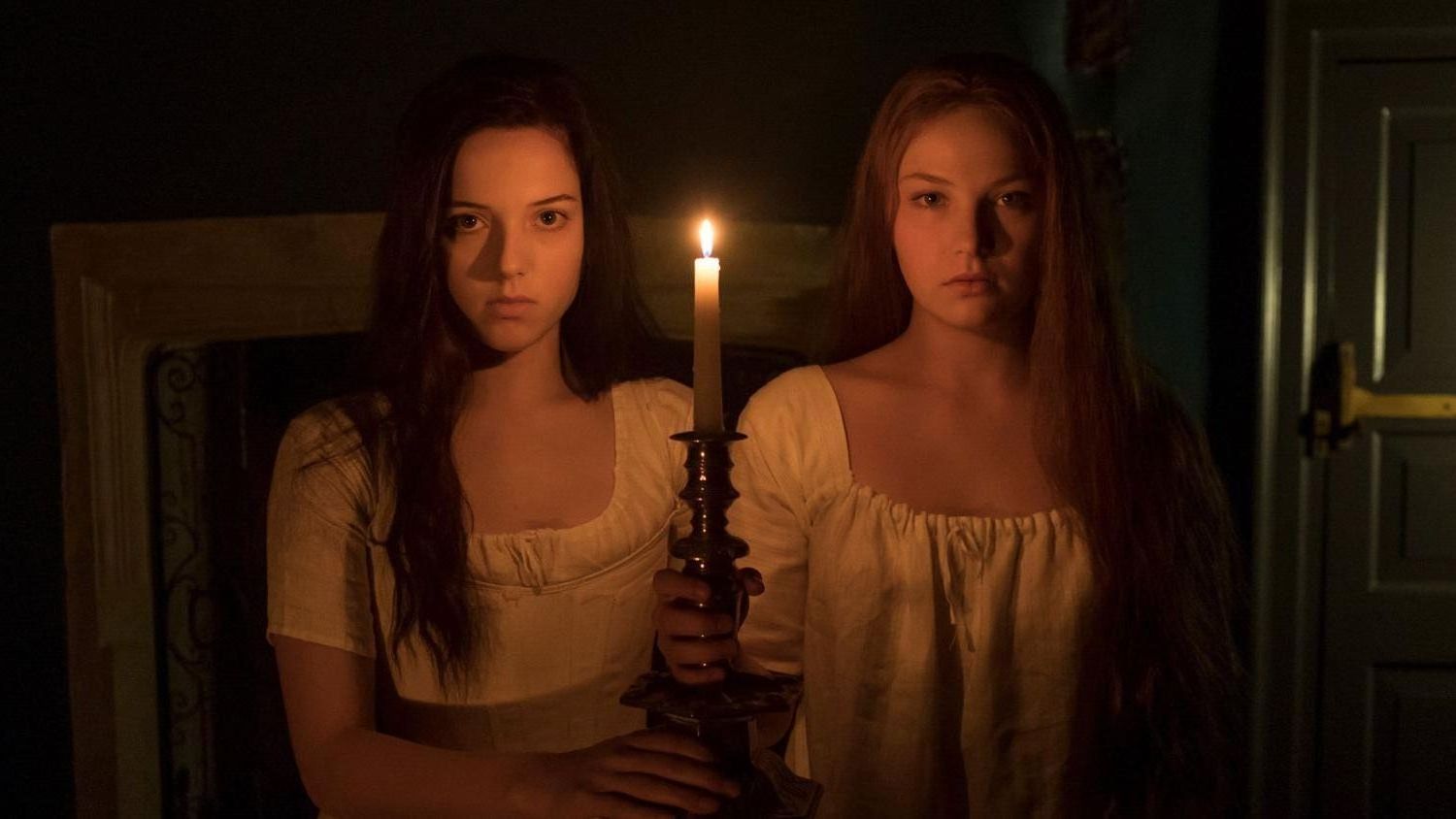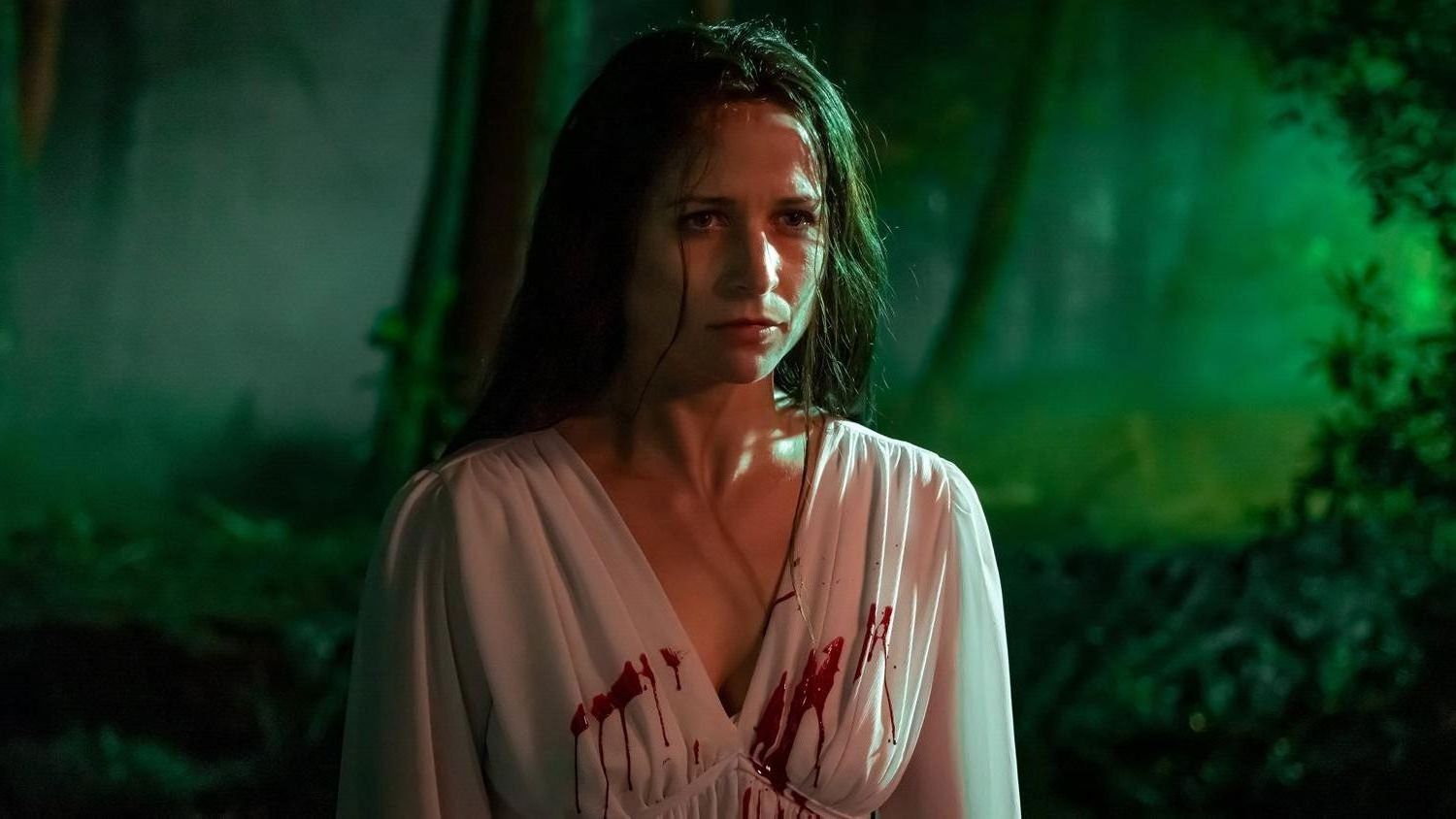
Carmilla Review Movie
Carmilla Review
The story has inspired anything from gothic extreme metal to a collection of manga-based books Sheridan LeFanu's 19th-century sexually explicit vampire story Carmilla was due for an adaptation for modern cinema. The vampire genre and forbidden love have been around for a while and have become the mainstay of teen cinema and the sexy setting of the main story is appealing to a new generation of moviegoers and adds an additional layer of oppression to the extremely controlled life of our protagonist.
In contrast to the previous big-screen reboots which have taken Carmilla to South Carolina (The Unwanted) or the 20th century Italy (Blood and Roses) the director Emily Harris — who also wrote the screenplayanchors this version of her tale within the British countryside in which Lara (Hannah Rae) travels through the dark manor's interiors and its sprawling, sun-dappled lawns. Under the strict but well-intentioned rule that is Miss Fontaine (Jessica Raine), Lara — motherless and without a much-missing father — lets her isolation to rise into despair until an overturned carriage brings the bloody, chaotic Carmilla (Devrim Lingnau) to the scene.
The actors who play the couple carry it from its beginnings in a tentative way to the climax that is awe-inspiring; Rae — best known for her role in Broadchurch is a perfect example of the desire that inspires Lara and keeps it under the surface. Lingnau encapsulates the captivating attraction that makes Carmilla a popular choice.
The issue is in the film's inability to keep pace to the pair. Harris is clearly operating with a limited budget and her tendency to cover scenes in darkness to the point of disorientation and rely on symbolic storytelling (namely stylized images of nearby wildlife) seem a bit sloppy in relation to the subtle development of the relationship between the two girls. This is why Carmilla is, like the protagonist, is stifled and unable to sustain an intimate love story that is just out of the reach of.

